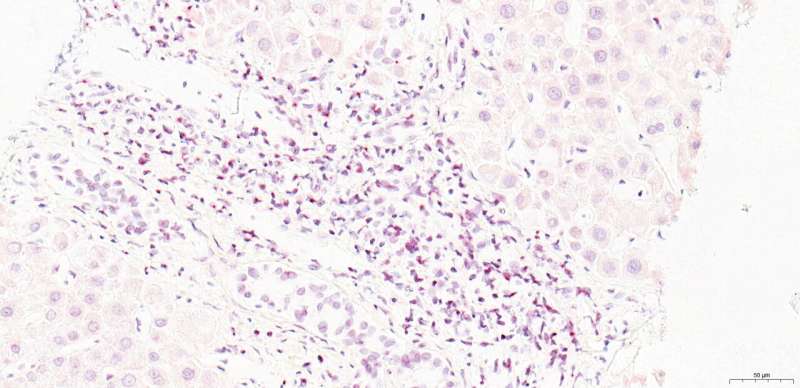This article has been reviewed according to Science X's editorial process and policies. Editors have highlighted the following attributes while ensuring the content's credibility:
fact-checked
peer-reviewed publication
trusted source
proofread
Researchers uncover the tissue-resident eukaryotic DNA virome in humans

Many common viruses responsible for childhood illnesses establish a home for life within us. This is evidenced in a new study carried out at the University of Helsinki and published in Nucleic Acids Research on March 23, 2023. The study is the first to track the distribution and co-existence of up to 12 different virus types in 9 organs of an individual.
"Our research demonstrates that the presence of multiple types of viruses in organs such as the kidneys, liver, heart, and brain, is more of a rule than an exception," says Lari Pyöriä, MD, a researcher at the University of Helsinki and lead author of the study.
In contrast to the bacterial microbiota that colonize the human body, primarily in mucosal and skin environments, these viruses persist within our cells.
"They are like visitors who come for a day or two, yet end up settling for life within us. To avoid being eliminated, viruses must tweak their host cells and the immune system, and we must investigate what the long-term consequences of this interaction on our health are," says principal investigator Maria Perdomo, MD, Ph.D., head of the study.
Up to 12 virus species in the body at a time
The researchers examined tissue samples from 31 recently deceased individuals. The organs included colon, liver, lung, heart, brain, kidney, skin, blood, and hair, and were analyzed using next-generation sequencing and PCR. The study focused on human DNA viruses, among which 17 were identified.
"We found viral fingerprints even in body sites considered to be sterile," Pyöriä says.
The researchers believe that these persistent viruses can influence, directly or indirectly, the development of chronic diseases such as cancer or autoimmune diseases. However, establishing a link is far from straightforward. According to Perdomo, many common virus species have evolved alongside humans for millions of years, and there are many mechanisms, beneficial or detrimental, by which viruses can contribute to our health.
"Viruses are probably very valuable to us too, for example, in training and regulating the immune system. Our observations encourage further research on the interplay between the virome, other microbes, and the human body. The dynamic balance between these actors can have a profound impact on our well-being," Perdomo says.
More information: Lari Pyöriä et al, Unmasking the tissue-resident eukaryotic DNA virome in humans, Nucleic Acids Research (2023). DOI: 10.1093/nar/gkad199
Journal information: Nucleic Acids Research
Provided by University of Helsinki





















